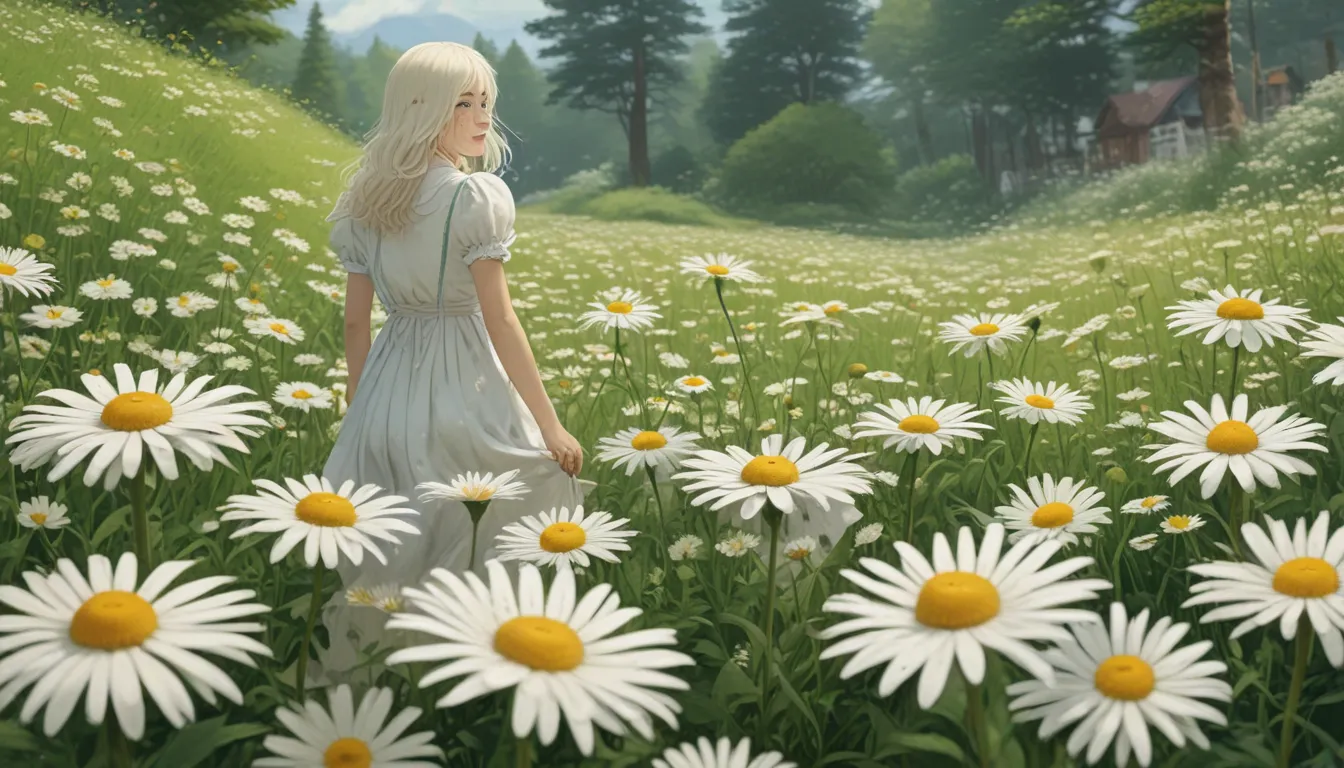The Complete Guide to Growing and Caring for Shasta Daisies

Shasta daisies, with their radiant white petals reflecting the moonlight, carry sentimental memories for many garden enthusiasts. These perennial favorites are not just beloved for their beauty, but also for their resilience and versatility.
In this comprehensive guide, we will delve into the world of Shasta daisies, exploring everything from their cultivation and history to their propagation, growth, maintenance, and more. Whether you are a seasoned gardener or a beginner looking to add these stunning blooms to your garden, this article has got you covered.
Discovering Shasta Daisies
The Shasta daisy, scientifically known as Leucanthemum x superbum, is a member of the Asteraceae family, known for its starburst-shaped flowers. While plants in the Leucanthemum genus have origins in Europe and Asia, the Shasta daisy itself is of American descent.
Developed near Mount Shasta in Northern California through a complex hybridization process by horticulturalist Luther Burbank, these daisies have become a staple in gardens around the world since their introduction in 1901.
Exploring Cultivation and History
Shasta daisies thrive in USDA Hardiness Zones 4 to 9, blooming in midsummer and making them ideal for cottage gardens or perennial borders. The history of these daisies is a fascinating tale of hybridization that resulted in their iconic sunny appearance.
Propagating Shasta Daisies
There are two primary methods for propagating Shasta daisies: from seed or by division. When growing these beauties from seed, it’s crucial to provide the right conditions for germination and growth. Division is another effective way to expand your Shasta daisy population and rejuvenate existing plants.
Growing Tips for Success
To ensure your Shasta daisies thrive, it’s essential to follow some key growing tips:
- Plant them in full sun.
- Provide well-draining soil.
- Amend with compost at planting time and annually in the spring.
Following these simple guidelines will help your daisies flourish and bloom abundantly.
Pruning and Maintenance
Maintaining your Shasta daisies involves regular pruning and proper care to promote continuous blooms. By removing spent flowers and dividing plants every few years, you can ensure the health and vitality of your daisies.
Choosing the Right Cultivar
While classic white and yellow blooms are iconic for Shasta daisies, there are several cultivars to choose from that offer unique colors and characteristics. From ‘Banana Cream II’ to ‘Crazy Daisy’ and ‘Snow Lady,’ these cultivars add variety and interest to your garden.
Managing Pests and Disease
While Shasta daisies are relatively low-maintenance, they can still fall prey to a few pests and diseases. From aphids and leaf miners to leaf spot and verticillium wilt, it’s essential to stay vigilant and address any issues promptly to protect your plants.
Best Uses for Shasta Daisies
The versatility of Shasta daisies makes them ideal for various garden settings. Whether in cottage gardens, rock gardens, borders, or as cut flowers, these blooms add charm and elegance to any landscape.
Quick Reference Growing Guide
For a quick overview of Shasta daisies’ key growing requirements, check out this handy reference guide. From planting depth to water needs and common pests, this guide provides a snapshot of essential information for successful cultivation.
Closing Thoughts
In conclusion, Shasta daisies are a delightful addition to any garden, bringing joy and beauty with their bright blooms and cheerful demeanor. By following the tips and guidelines outlined in this comprehensive guide, you can cultivate and care for these beloved perennials with confidence.
Have you embraced Shasta daisies in your garden? Share your experiences and tips in the comments below. Happy gardening!
By incorporating additional sections, tips, and insights, this revised article offers a more comprehensive look at growing and caring for Shasta daisies. From cultivation and propagation to pest management and cultivar selection, this guide equips readers with the knowledge they need to nurture these stunning blooms successfully.





